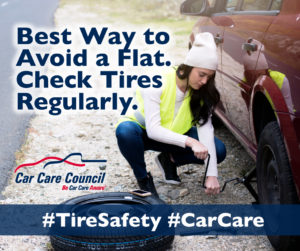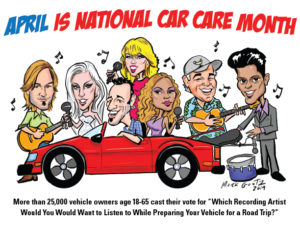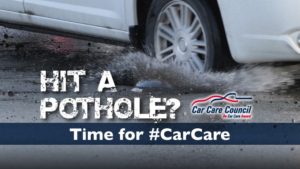Carcare.org Blog: Four Steps for Sending Your Car Away to College
[ad_1]
Four Steps for Sending Your Car Away to College
 Seeing your child off to college is an emotional transition, especially if they are going far away from home. Sending them away in the family vehicle can create even more worry and stress. A little advance planning and a well-maintained vehicle can offer peace-of-mind to parents, says the non-profit Car Care Council
Seeing your child off to college is an emotional transition, especially if they are going far away from home. Sending them away in the family vehicle can create even more worry and stress. A little advance planning and a well-maintained vehicle can offer peace-of-mind to parents, says the non-profit Car Care Council
- Get a sendoff vehicle inspection: College is a busy time for students and it is likely that car care at college will not be top of mind. Be sure to schedule a thorough vehicle inspection before packing up the car so you can rest easy knowing your child is driving a road-ready vehicle.
- Make an emergency plan: Discuss a plan with your child in case they experience a roadside emergency. Be sure they know who to contact for roadside assistance and stock the car with an emergency kit, including jumper cables, emergency flares, a flashlight with batteries, blankets and extra clothes, water and non-perishable snacks, a first aid kit, a portable USB charger and a fully charged cell phone. To be prepared for inclement weather, include an ice scraper, a snow brush and small shovel.
- Hit the books: Encourage your child to learn about auto care by reviewing the Car Care Council’s online Car Care Guide and becoming familiar with the owner’s manual. The printed Car Care Guide fits easily in a glove compartment and covers the most common preventive maintenance occasions and procedures that should be performed to keep cars safe, dependable and efficient.
- Stay on schedule: To stay on top of routine vehicle maintenance, sign up for the council’s free Custom Service Schedule and receive email service reminders and recall notices so that you and your child are aware of any issues and can address them in a timely fashion.
The Car Care Council has introduced a new video, produced in conjunction with AutoNetTV (ANTV), with tips for parents, college-bound students and their vehicles. To learn more about keeping your vehicle in safe, dependable working condition, visit www.carcare.org or follow the Car Care Council on Facebook, Instagram, Twitter and YouTube.
The Car Care Council is the source of information for the “Be Car Care Aware” consumer education campaign promoting the benefits of regular vehicle care, maintenance and repair to consumers. For the latest car care news, visit the council’s online media room at http://media.carcare.org. To order a free copy of the popular Car Care Guide, visit the council’s consumer education website at www.carcare.org.
[ad_2]
carcare.org blog source link



























